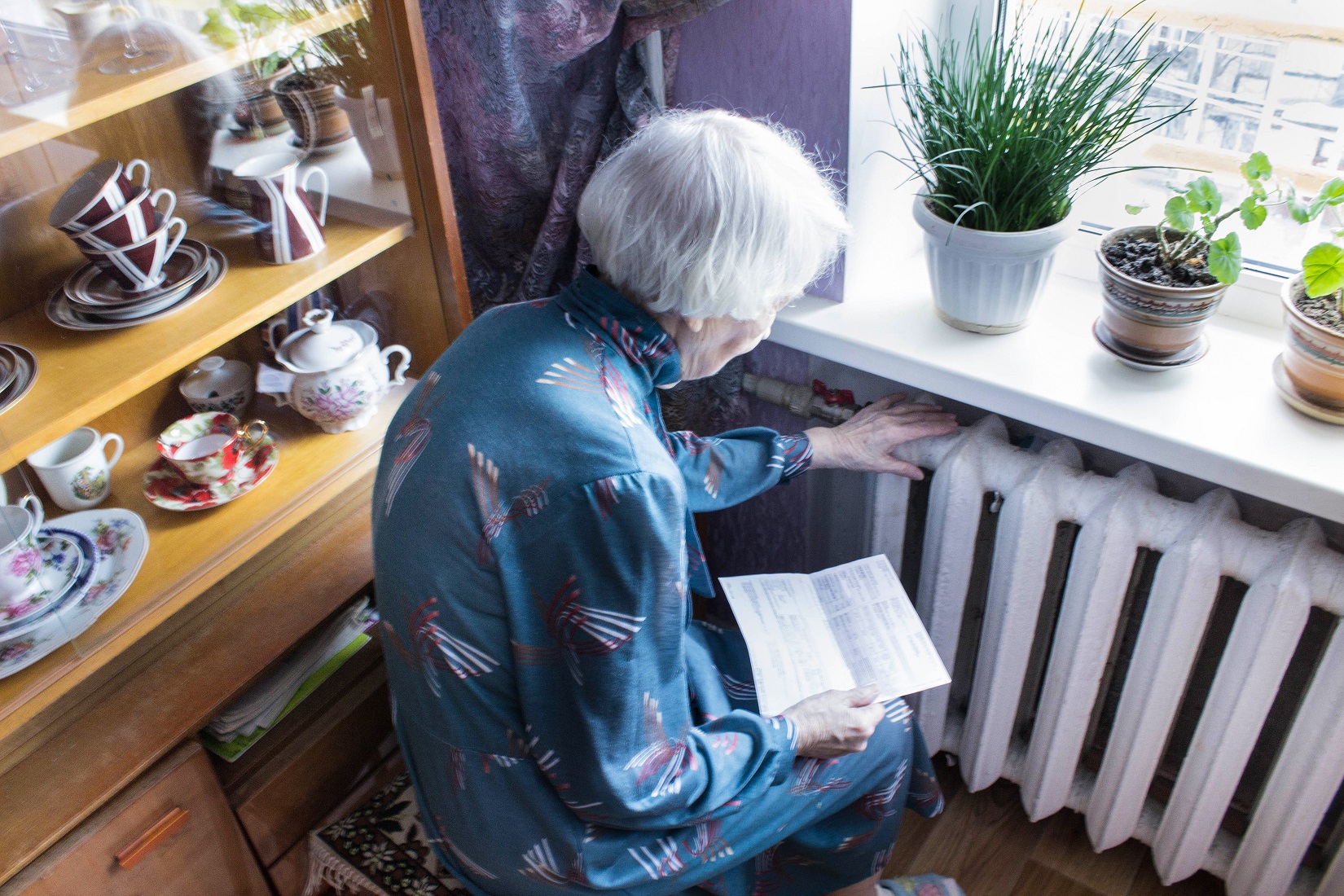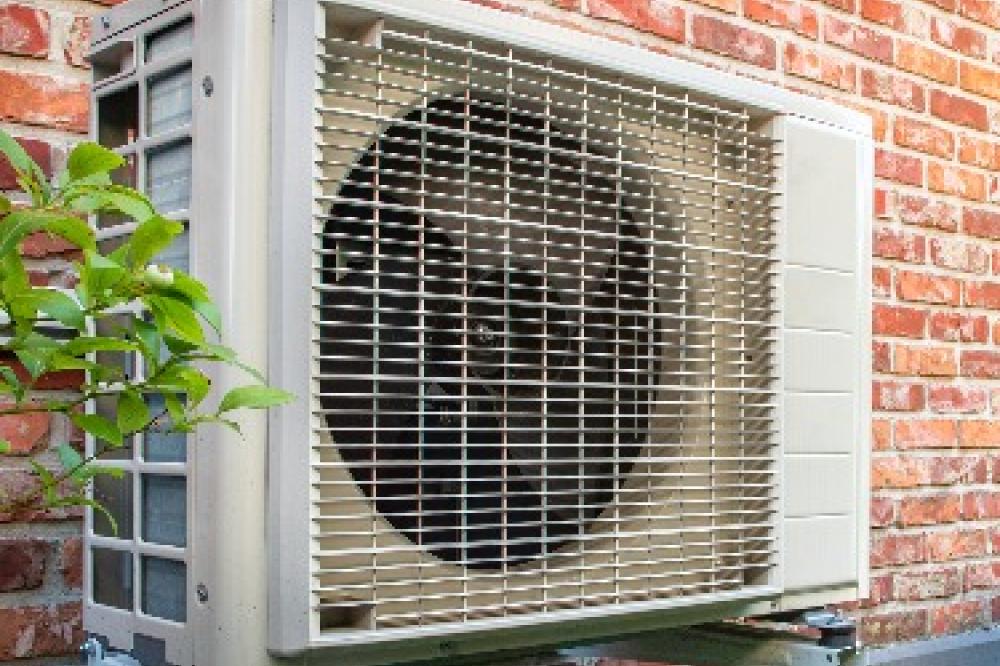How to make your home warmer
Everybody wants a warm home. Staying warm not only helps you feel comfortable while you’re at home, but it’s also crucial for your health.
The key to a warm home is being in control of your home heating system, keeping the heat in, and tackling condensation and damp. It’s also worth exploring whether you could switch to a renewable heating system like a heat pump.
Our advisors will give you free, impartial and expert advice tailored to you and your home. They can also check your eligibility for financial support including Warmer Homes Scotland, the Home Energy Scotland Grant and Loan and more.




